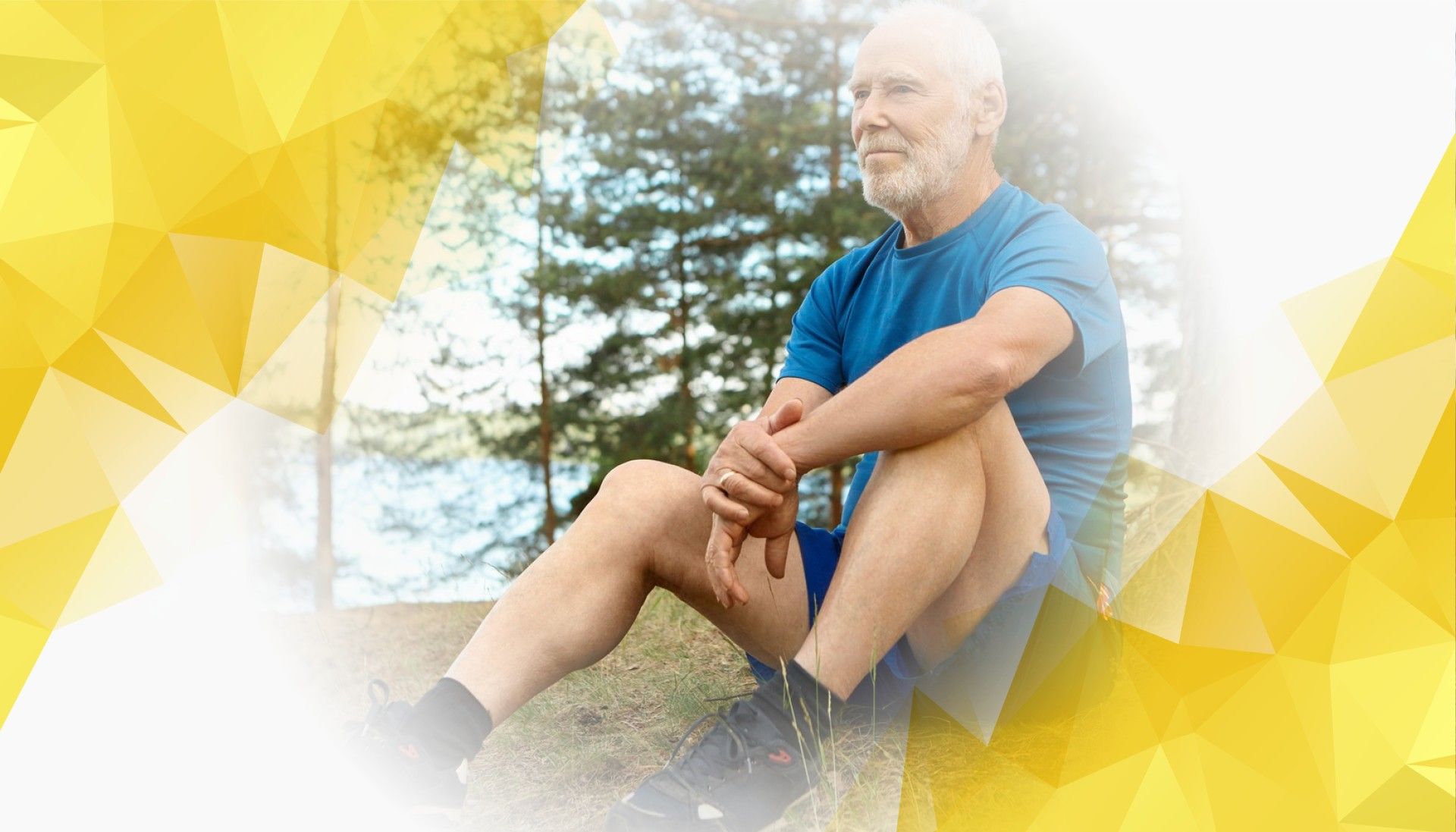Introduction
Knee health is essential for comfortable movement and maintaining an active lifestyle at any age. Many people find it challenging to access tools that reliably monitor knee function outside of a clinical setting. That’s why MAI Motion developed user-friendly tests based on movements we do every day. In this article, we’ll explore MAI Motion’s functional sit-to-stand and squat tests, explain how they work, and share why recent research supports their effectiveness. By combining scientific evidence with real-world practicality, MAI Motion provides an approachable way for anyone to look after their knees.
Why Functional Testing Matters for Knee Health
Issues such as knee pain , stiffness, or instability can make everyday activities difficult. Traditional assessments—like patient interviews or X-rays—often don’t capture how well your knee functions during the activities that truly matter. Functional tests fill this gap by measuring real-life movement, giving a clearer sense of knee strength, flexibility, and control. Recent research, including work by Armstrong et al. (2024), demonstrates that video-based functional tests can both accurately reflect knee health and offer a cost-effective, reliable alternative to traditional motion capture. This means you can get meaningful insights about your knees without an expensive clinic visit. MAI Motion’s protocols are grounded in this evidence, making it easier than ever to monitor knee function in practical, everyday environments.
Introducing MAI Motion’s Sit-to-Stand and Squat Tests
MAI Motion focuses on two simple but powerful assessments: the sit-to-stand test and the squat test. The sit-to-stand test measures how many times you can rise from a chair within a set period—usually 30 seconds—helping to gauge the strength and endurance of key leg muscles. The squat test evaluates your knee ’s flexibility, muscle control, and balance as you bend and straighten your legs. Both tests require minimal equipment—a standard chair, some open space, and, if available, a standard camera or smartphone to record movements. They’re easy to perform whether you’re at a clinic, at home, or even at the gym. Scientific studies confirm that these tests deliver consistent, valuable information and can track changes in knee health over time. Importantly, movement data collected during these tests can help assess the effectiveness of treatments or rehabilitation, and even monitor ongoing knee health as you age or recover from injury.
A Closer Look at the Sit-to-Stand and Squat Tests
The sit-to-stand test involves repeatedly standing up and sitting down from a standard chair for 30 seconds. This straightforward movement reveals the strength and function of your lower limbs, skills needed for everyday tasks like climbing stairs or getting out of bed. Research shows that performance in this test strongly relates to overall knee health and can even predict future mobility concerns.
The squat test requires you to lower your body by bending your knees and hips, then rise back to standing with control and balance. This test checks your knee stability , muscle coordination , and flexibility. It’s also easily adapted—by adjusting speed or squat depth, for example—so it fits people of all ages and fitness levels, including those recovering from an injury . Thanks to this flexibility, both health professionals and individuals can rely on these tests to track knee function in a way that fits their daily lives.
Recent advances make these tests even more accessible. Systems validated by Armstrong et al. (2024) can analyze your movement using regular video cameras, automatically generating reports on key movement metrics—sometimes called “biomarkers”—like movement smoothness or acceleration. This technology not only improves accuracy but also makes it simple for anyone to get meaningful feedback about their knees using tools they already have at home.
Looking Ahead: The Future of Knee Assessment
MAI Motion ’s sit-to-stand and squat tests prove that easy, functional movements can offer powerful insights into knee health . Their user-friendly design and scientific foundation make them valuable to clinicians, athletes, and anyone eager to proactively care for their knees . As motion capture technology evolves, we can look forward to even more precise, personalized assessments—putting better knee health within everyone’s reach. By making functional testing part of routine self-care, we’re taking an important step toward staying active and independent for life.
References
Armstrong, K., Zhang, L., Wen, Y., Willmott, A. P., Lee, P., & Ye, X. (2024). A marker-less human motion analysis system for motion-based biomarker identification and quantification in knee disorders. Frontiers in Digital Health. https://doi.org/10.3389/fdgth.2024.1324511
Wen, Y., Verma, T., Whitehead, J. P., & Lee, P. (2025). Empirical Validation of a Streamlined Three-Repetition Sit-to-Stand Protocol Using MAI Motion. Applied Sciences, 15(10), 5688. https://doi.org/10.3390/app15105688

